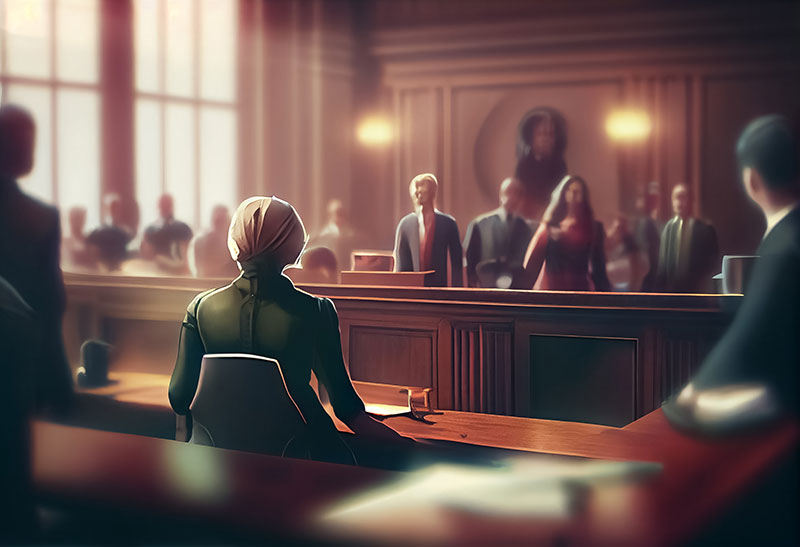How Visuals Transform Legal Strategy
How Visuals Transform Legal Strategy
Blog Article

Modern litigation demands clear, engaging presentation of evidence. Legal teams increasingly use illustration to explain events, scenes, and processes. Companies like LawFX are at the forefront of this visual legal revolution.
Legal Illustration: Explained
Unlike media sketches, these visuals aim to explain—not just depict—key scenes or events from a case. They may include accident reconstructions, injury depictions, or medical procedure visuals. Every image they produce is both court-admissible and strategically impactful.
The LawFX Approach to Legal Illustration
Their illustrations are custom-built after consulting with lawyers, witnesses, and experts. Each image supports testimony and simplifies more info complex evidence.
Why Use Courtroom Illustrations?
Jurors often retain images far better than spoken copyright. An effective illustration can support or even replace lengthy explanations. This improves juror retention and creates stronger emotional impact during trial.
Courtroom Illustration and Legal Graphics—What’s the Difference?
Trial graphics often include text, timelines, or bullet-point summaries. Illustrations, by contrast, depict scenes or injuries to tell a visual story.
Practice Areas That Rely on Courtroom Visuals
Attorneys in fields like personal injury, product liability, and malpractice use visuals to explain their case. The versatility of these visuals makes them valuable across all phases of litigation.
Where Trial Illustrations Make a Difference
Jurors can see what happened instead of just hearing it. Medical cases especially require diagrams of anatomy, procedures, or diagnostic errors.
From Concept to Courtroom: LawFX’s Workflow
LawFX begins with a legal consultation and case review. Drafts are created and reviewed with the legal team for accuracy. This collaborative method ensures that every visual is effective, precise, and courtroom-approved.
Illustration’s Role in Juror Decision-Making
Most jurors are unfamiliar with technical language or specialized procedures. This translates into better-informed deliberations and stronger cases overall.
How LawFX Ensures Legal Compliance
Every LawFX visual meets courtroom standards for fairness and accuracy. Avoiding exaggeration or misleading design ensures their work withstands scrutiny and contributes to trial success.
Visual Aids for Negotiation
Beyond the courtroom, visuals are powerful tools in pre-trial negotiations. Attorneys use them to influence settlement terms or simplify complex arguments during mediation.
What Clients Ask About LawFX
What visuals do you create? Courtroom illustrations, trial graphics, 3D models, and digital presentations.
Are they admissible? Yes—they meet evidentiary standards and are reviewed with experts.
What’s the difference between illustrations and trial graphics? Graphics show data; illustrations show events or scenes.
Where can they be used? In court, settlement, depositions, and mediation.
How long does it take? Simple visuals take days, complex ones may take 1–2 weeks.
Final Thoughts
Legal visuals improve communication, clarify arguments, and help jurors make better decisions. For persuasive, professional visuals that tell your story—LawFX delivers.
Report this page